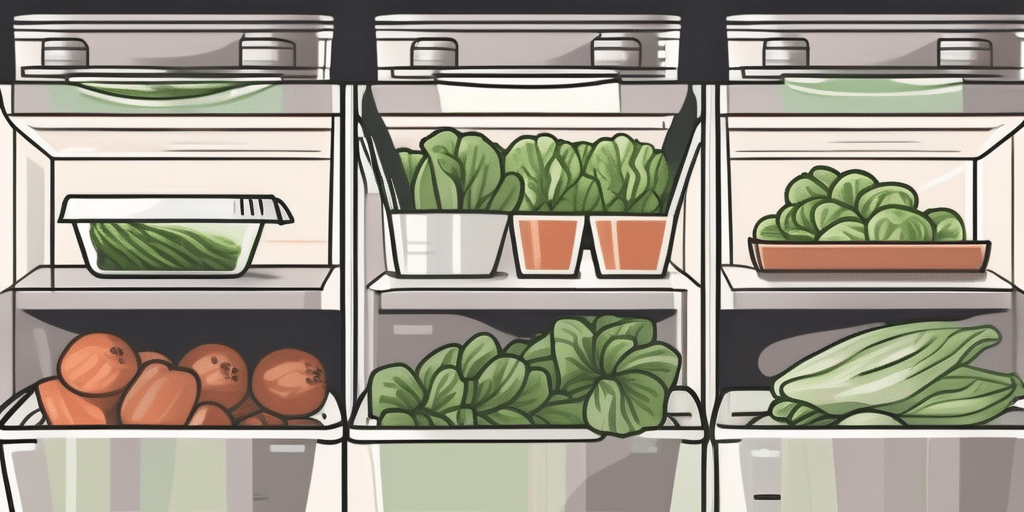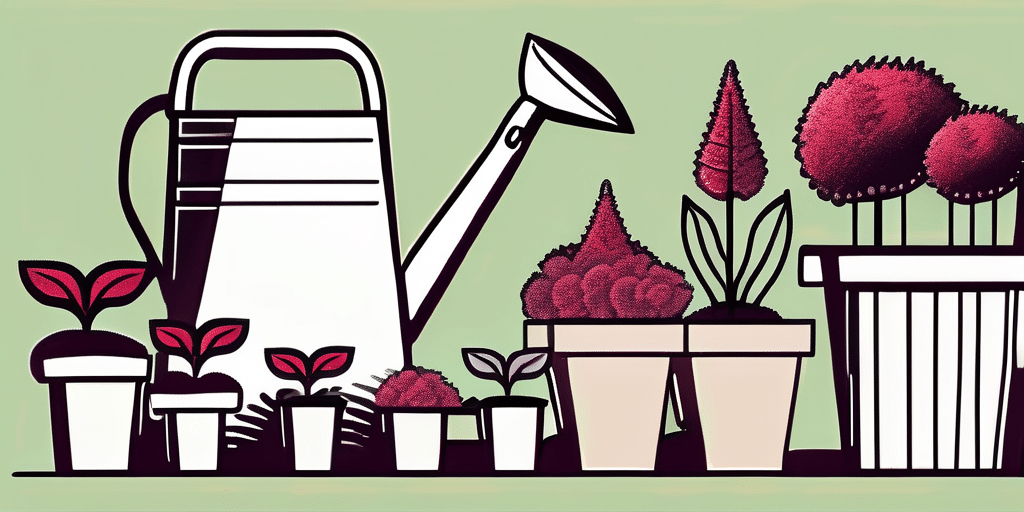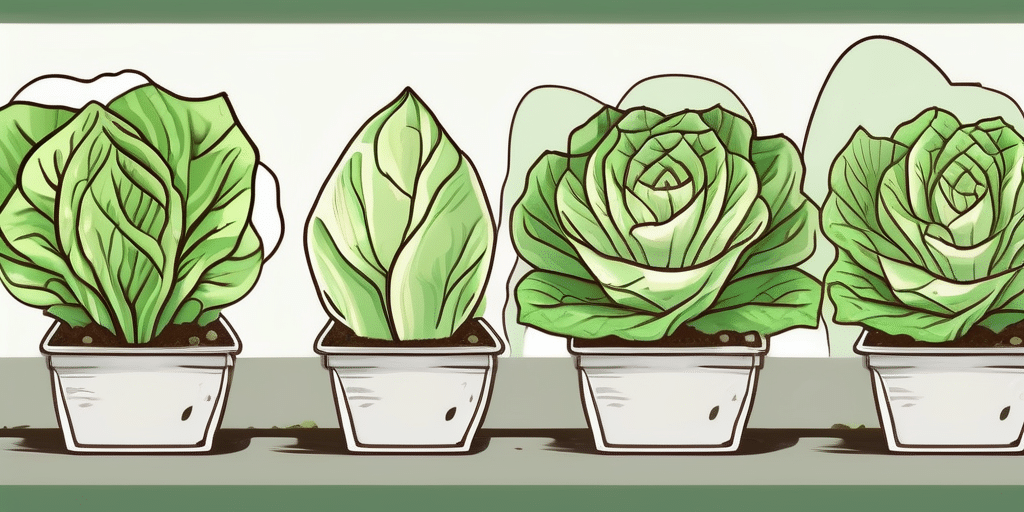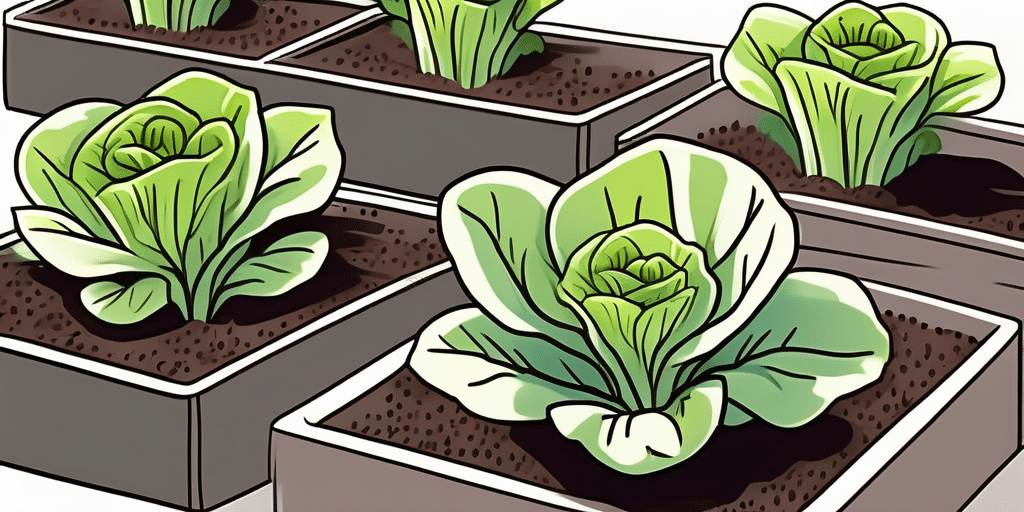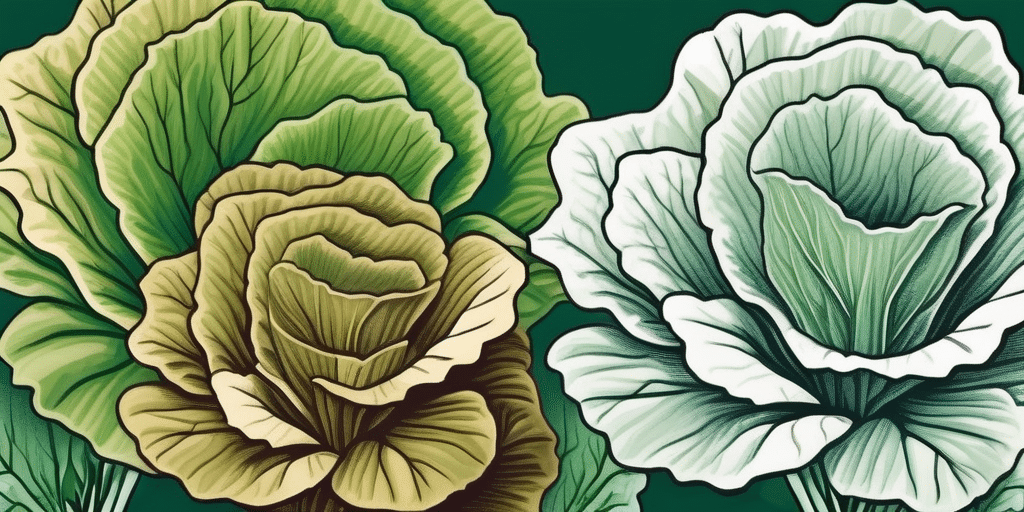Lettuce is a popular and nutritious leafy green that can be grown year-round in Virginia. Whether you’re a seasoned gardener or a beginner, growing lettuce in Virginia is a rewarding and relatively easy endeavor. In this article, we’ll explore the best lettuce varieties for Virginia, the climate and hardiness zones in the state, when to plant lettuce, when to harvest or pick lettuce, and answer some frequently asked questions.
Best Lettuce Varieties for Virginia
When it comes to choosing lettuce varieties for Virginia, it’s important to consider the climate and growing conditions of the state. Virginia’s diverse climate, with hot and humid summers and cool winters, provides a unique challenge for lettuce growers. However, there are several lettuce varieties that have proven to thrive in Virginia’s conditions, offering both flavor and resilience.
Aside from the popular choices like Bibb, Romaine, and Iceberg lettuce, Virginia gardeners also have success with other varieties such as Red Leaf Lettuce, which adds a pop of color to salads, and Oak Leaf Lettuce, known for its delicate and tender leaves. These varieties not only withstand Virginia’s fluctuating weather but also provide a range of textures and flavors to elevate your salads.
- Bibb Lettuce: Known for its sweet, buttery flavor, Bibb lettuce is a popular choice among gardeners in Virginia. It’s also tolerant of heat.
- Romaine Lettuce: With its crisp and crunchy leaves, Romaine lettuce is not only delicious but also a good source of nutrients.
- Iceberg Lettuce: Although it requires a longer growing season, Iceberg lettuce is well worth the wait with its crisp texture and mild flavor.
- Red Leaf Lettuce: This variety adds a splash of color to your salads and is known for its slightly peppery taste.
- Oak Leaf Lettuce: With its delicate leaves and mild flavor, Oak Leaf lettuce is a versatile option for Virginia gardeners.
These are just a few examples of lettuce varieties that are suitable for Virginia. Experimenting with different varieties can help you discover the ones that not only survive but thrive in your specific garden conditions. Remember to provide adequate water and shade during the hot summer months to ensure a bountiful harvest of fresh, crisp lettuce.
Virginia’s diverse climate is influenced by various factors, including its proximity to the Atlantic Ocean and the Appalachian Mountains. The western regions, such as the Allegheny Mountains, typically have cooler temperatures due to higher elevations, while the eastern regions, including the Tidewater area, enjoy a more moderate climate with milder winters. This climatic variation creates a unique gardening environment where a wide range of plants can thrive.In addition to the USDA hardiness zones 5 through 8 that cover Virginia, there are also microclimates within the state that further impact gardening practices. For example, urban areas like Richmond may experience the urban heat island effect, leading to slightly warmer temperatures compared to rural areas. Understanding these microclimates can help gardeners make more informed decisions when planning their planting schedules and selecting appropriate crops.When it comes to lettuce cultivation in Virginia, the state’s diverse climate offers opportunities for year-round production. Gardeners in the cooler western regions can take advantage of the extended growing season for cold-hardy lettuce varieties, while those in the eastern regions can enjoy multiple harvests throughout the year. By considering both the USDA hardiness zones and the local microclimates, gardeners can maximize their lettuce yields and ensure a successful harvest.
When to Plant Lettuce in Virginia
The timing of lettuce planting depends on the specific variety and the desired time of harvest. In Virginia, lettuce can be planted in both the spring and fall seasons.
For spring planting, you can start sowing lettuce seeds indoors 4-6 weeks before the last frost date. This early start indoors helps the seeds germinate in a controlled environment, ensuring a healthy start for your lettuce plants. Once the seedlings have developed a few leaves, they can be transplanted into the garden. Be sure to choose a sunny spot with well-draining soil for optimal growth.
In the fall, start sowing lettuce seeds directly into the garden around 4-6 weeks before the first expected frost date. This timing allows the lettuce to establish itself before the colder temperatures set in. Additionally, consider using row covers or cloches to protect the young plants from frost and extend the growing season.
Remember to provide adequate water for your lettuce plants, especially during dry spells, to prevent bitterness and bolting. Mulching around the plants can help retain soil moisture and regulate temperature fluctuations. Keep an eye out for common pests like slugs, snails, and aphids, and take appropriate measures to protect your lettuce crop.
When to Harvest or Pick Lettuce in Virginia
The best time to harvest lettuce in Virginia depends on the specific variety and the desired taste. Lettuce can be harvested when the leaves have reached a size suitable for consumption.
To harvest lettuce, use a sharp knife or scissors to cut the leaves just above the base. Avoid cutting the entire plant, as this may prevent regrowth for future harvests. Harvested lettuce can be stored in the refrigerator for up to a week.
Virginia’s climate offers a diverse range of lettuce varieties that thrive in its soil. From the crisp and refreshing Iceberg lettuce to the vibrant and nutrient-rich Romaine lettuce, gardeners in Virginia have the opportunity to cultivate a colorful array of leafy greens. Each variety has its own unique flavor profile and texture, providing a delightful assortment for salads and sandwiches.
When selecting the perfect time to harvest your lettuce, consider the weather conditions in Virginia. Cooler temperatures in the early spring and fall can result in sweeter and more tender leaves, while hot summer days may cause the lettuce to bolt and turn bitter. By monitoring the weather patterns and adjusting your harvesting schedule accordingly, you can ensure a continuous supply of fresh and delicious lettuce throughout the growing season.
Frequently Asked Questions
Q: Can lettuce be grown in containers?
A: Yes, lettuce can be grown in containers as long as they have proper drainage and receive enough sunlight. Select a pot large enough to accommodate the mature size of the lettuce plant.
When growing lettuce in containers, it’s important to choose a lightweight, well-draining potting mix to prevent waterlogging. Additionally, consider placing the containers in a location that receives at least 6 hours of sunlight per day to promote healthy growth and development of the lettuce plants.
Q: How often should I water lettuce plants?
A: Lettuce prefers consistent moisture. Water the plants regularly, aiming for about 1 inch of water per week. Avoid overwatering, as it can lead to diseases.
When watering lettuce plants, it’s best to water deeply and infrequently to encourage deep root growth. Consider using a soaker hose or drip irrigation system to deliver water directly to the base of the plants, minimizing water waste through evaporation.
Q: Are there any pests or diseases I should be aware of when growing lettuce in Virginia?
A: Lettuce can be susceptible to pests such as aphids and diseases such as botrytis. Use organic pest control methods, such as insecticidal soap, and practice crop rotation to prevent disease. Proper spacing and good airflow can also help reduce the chances of disease.
When growing lettuce in Virginia, keep an eye out for common pests like slugs and snails, especially in moist conditions. To deter these pests, consider using physical barriers like copper tape around containers or beer traps to attract and drown them.
With the right lettuce varieties, proper timing, and care, you can enjoy fresh and tasty lettuce from your own garden in Virginia. Experiment with different varieties and techniques to find the methods that work best for you. Happy lettuce growing!
Join How to Grow Everything for More Gardening Success!
Ready to transform your green thumb into a bounty of fresh produce? Subscribe for free to How to Grow Everything and start building the garden of your dreams today! Receive personalized gardening advice tailored to your Virginia location, grow zone, and experience level. Our family is dedicated to helping yours thrive in the garden with the best tips, deals, and special offers—all delivered straight to your inbox. With thousands of free articles at your fingertips, your lettuce is just the beginning. Subscribe now and let’s grow together!

